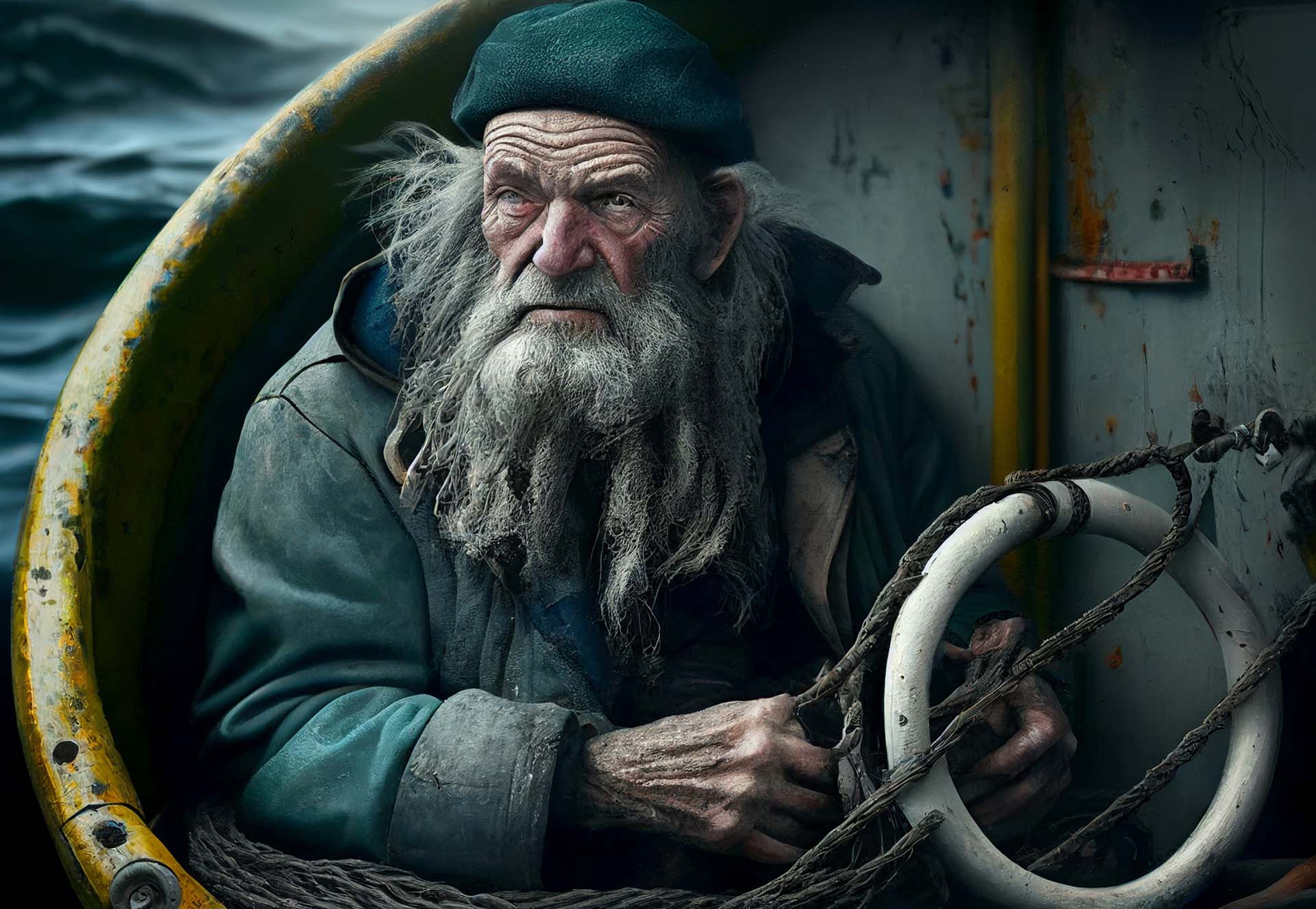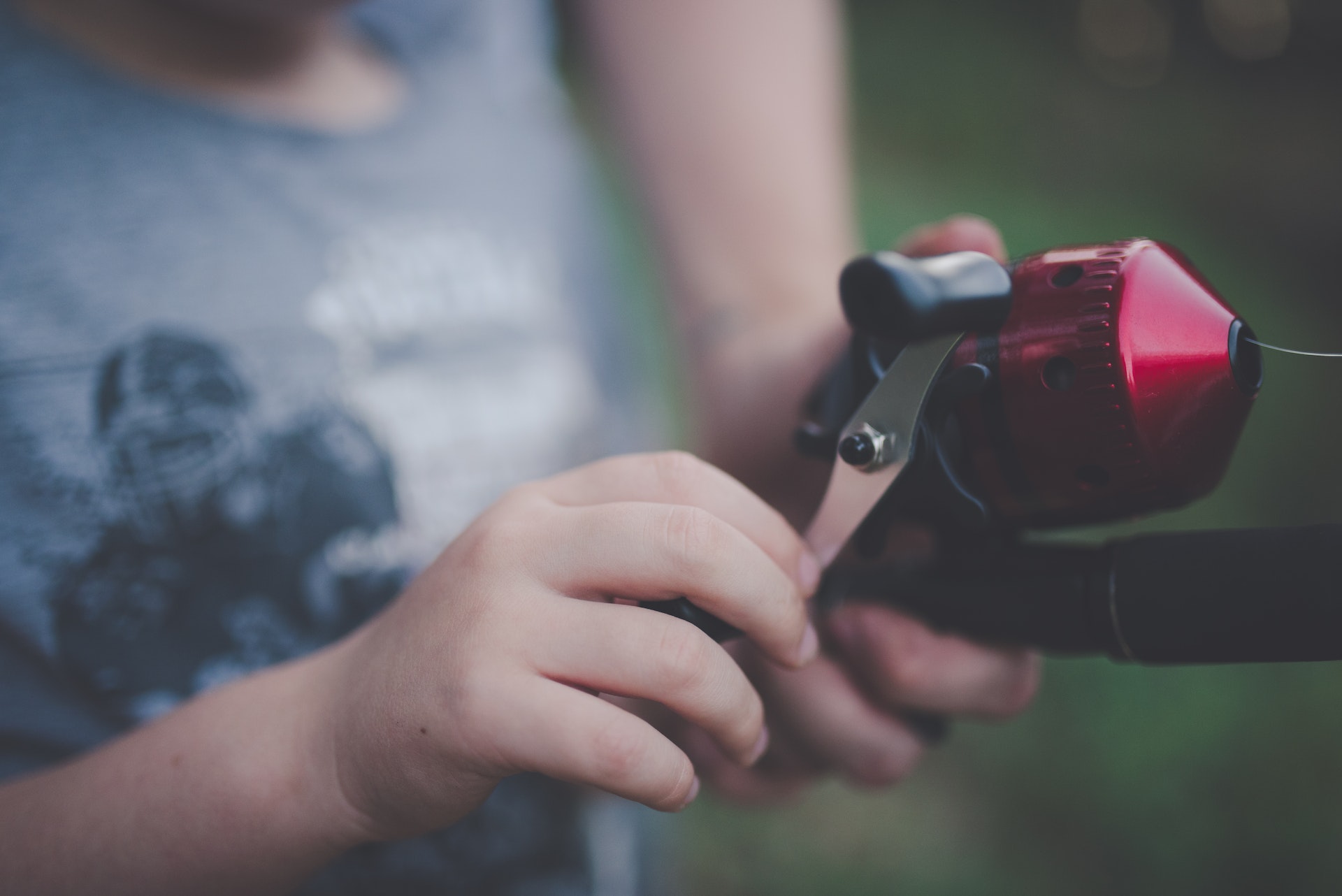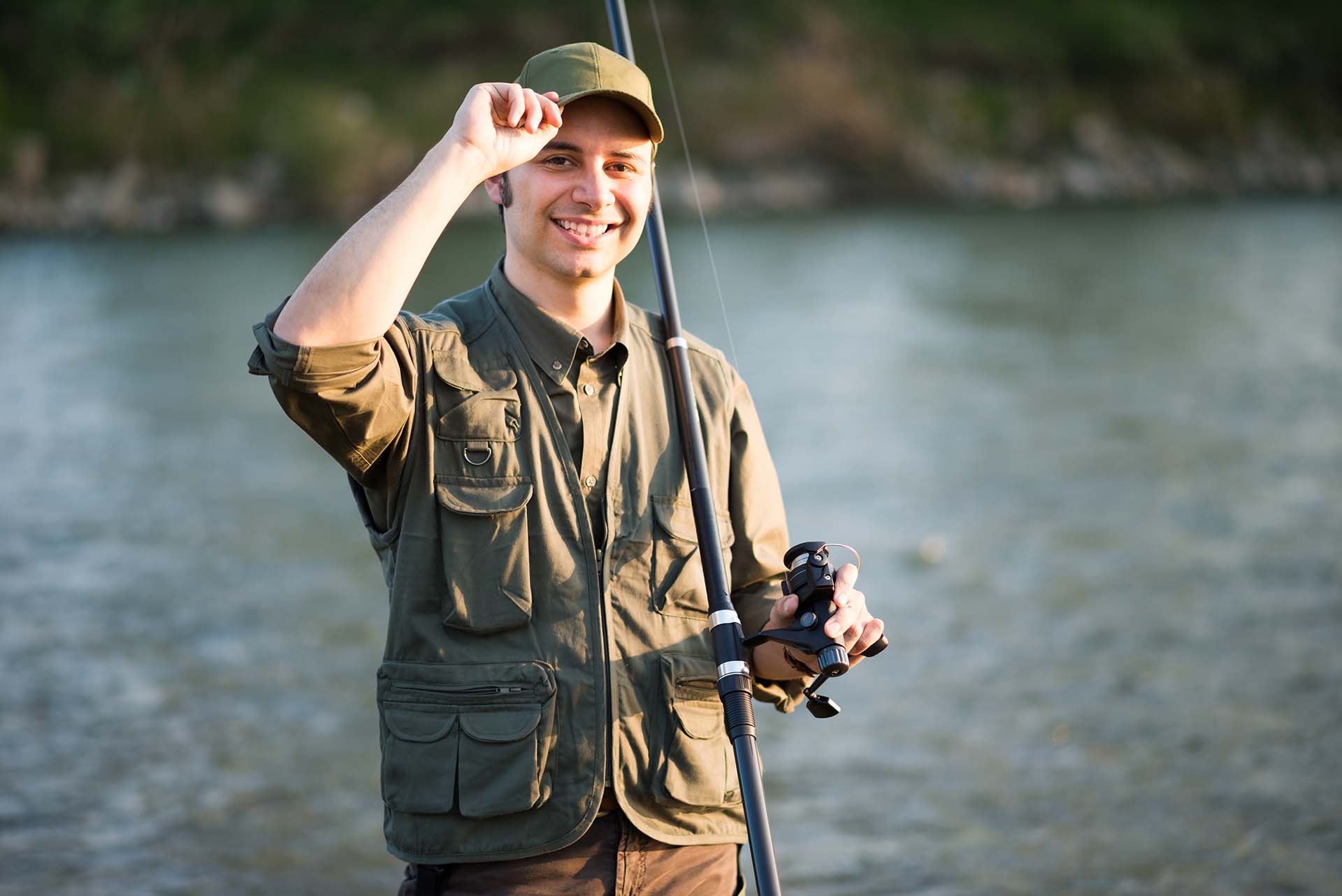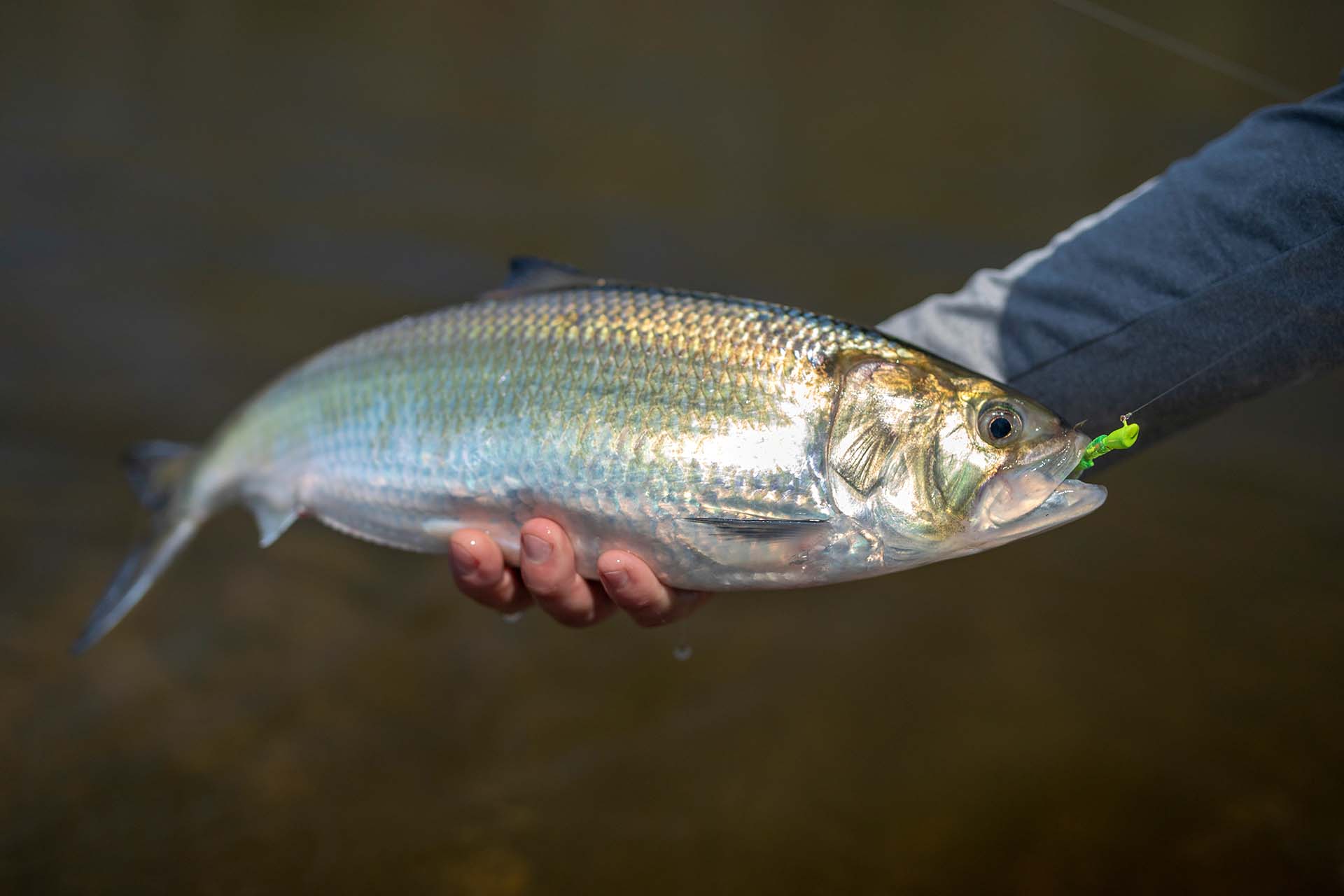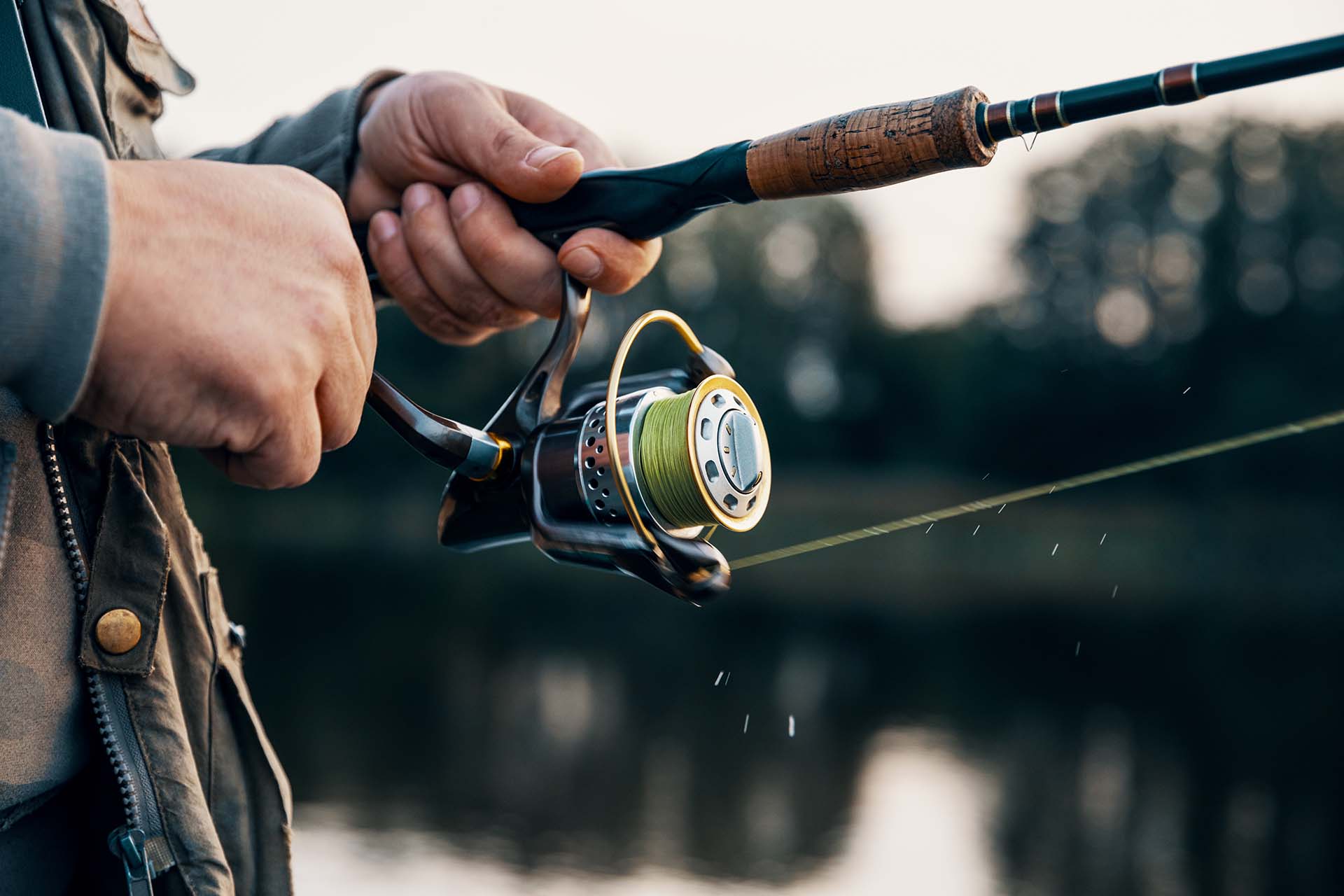Do you certainly know what size fishing hook to use for your catch? With sizes ranging from 1/0 to 24, it can be tricky to figure out which is the best for your needs. So, here’s a comprehensive guide that will help you understand everything about using different hooks in various fishing scenarios, from targeting small panfish to large marine creatures. Let’s dive in!
The sizes of hooks you should use depend on factors such as the target species, angling technique, bait size, and water conditions. Larger hooks, indicated by smaller numbers, are generally better suited for larger fish and heavy-duty casting, while smaller ones, indicated by larger numbers, are ideal for smaller fish and finesse techniques.
What Are Commonly Used Measurement Standards?
The numbering system of fish hooks can seem confusing at first glance, especially for beginner anglers. However, this is a convenient and standardized way of categorizing the sizes of this essential part of fishing tackle. Once you get the hang of it, you’ll be able to easily select the appropriate size based on your target fish species, fishing conditions, and the type of bait you’re using.
The system assigns a number to each size, with smaller numbers indicating larger hooks and vice versa. For example, a size 1 is larger than a size 10. The range can vary across different regions and manufacturers, but this is the general rule. The added zero indicates that it’s a larger-sized piece within that category – for instance, a 1/0 piece is larger than a size 1 but smaller than a size 2.
Here’s an overview of some of the most commonly used hooks and their typical size range:
| Type | Range | Techniques |
|---|---|---|
| J-Hook | 1/0 - 10/0 | Regular casting, live bait |
| Circle | 1 - 10/0 | Catch and release live bait |
| Treble | 8 - 20 | Lure fishing, multiple hooks |
| Baitholder | 4 - 8 | Bait and bottom fishing |
| Octopus | 6 - 10 | Live bait and bottom fishing |
| Weedles | 1/0 - 5/0 | Casting in vegetation |
| Fly | 4 - 24 | Fly fishing, artificial flies |
| Aberdeen | 2 - 8 | Catching panfish, light tackle |
| Worm | 2 - 6/0 | Soft plastic baits, texas rig |
| Double | 1 - 8 | Trolling, live bait fishing |
What’s the Difference Between Larger and Smaller Hook Sizes?
The key difference between larger and smaller sizes primarily lies in their intended use and target fish species. To put it simply, bigger pieces are suitable for heavy-duty angling and targeting large saltwater species. In contrast, the smaller ones are better suited for freshwater environments and more delicate presentations such as fly fishing.

What Size Fishing Hook to Use – Factors You Should Consider
Selecting the right measurements of this vital tackle component can make or break your overall experience out on the water. Using a piece that is too large may deter smaller fish from biting or result in excessive damage to the fish’s mouth, making catch-and-release more challenging. On the other hand, using too small of a piece can cause your target to easily escape or increase the chances of it bending or breaking under pressure.
To avoid such scenarios and maximize your chances of a successful session, here are the most important aspects you need to think about when selecting sizes of fish hooks:
Target Species and Their Feeding Habits
Different fish species have varying mouth sizes, meaning you have to take these factors into account if you want to ensure secure hooksets. Moreover, understanding the feeding habits of your target fish can help you in determining the appropriate presentation style and bait size. Some fish may prefer smaller, more discreet presentations, while others may go for larger, more enticing offerings.
Fishing Technique and Bait Selection
Different fishing techniques and baits require hooks of specific sizes to maximize effectiveness. No matter if it’s trolling, chumming, or nymph fly fishing with a tippet line, it’s important to choose hooks that complement the chosen method, enhance bait presentation, and increase the chances of attracting and hooking the targeted fish successfully.
Water Conditions and Fishing Environment
No matter if you’re wondering what size hook to use for pier fishing or for when you go far into the sea, water conditions play a significant role in determining the sizes you should be using. That’s because water clarity, depth, and current strength can all influence the behavior and feeding patterns of the fish you’re targeting.
Match Hook Size to Target Species
As mentioned, matching the size to the fish species you’re trying to catch ensures secure hooksets. However, it’s also important for creating balance within the whole setup, from the fishing rod that’s used to the fishing reel that’ll help you once the battle starts, preventing any weak points in the equipment.
Small Hook Sizes for Panfish and Trout
When targeting small fish such as the various trout and panfish species, sizes ranging from 6 to 12 are commonly used, as they are ideal for the relatively smaller mouths of these creatures. For panfish like bluegill or crappie, pairing these smaller hooks with live bait such as worms, small minnows, or insects can be highly effective.
For trout, popular bait options include small worms, salmon eggs, or power bait. Both species are commonly caught using finesse angling styles such as drop shotting and float fishing, employed to present the bait in the most natural way possible and entice bites from these wary fish.
Medium Hook Sizes for Bass and Walleye
Medium-sized hooks ranging from 2 to 4 are well-suited for targeting bass and walleye, two popular game fish species. When combined with the right fishing rod, they provide a good balance of strength and finesse to handle the fighting power of these fish.
When targeting bass, you can use lures such as soft plastic worms and crankbaits and employ techniques such as Texas and Carolina rigging. For walleye, effective bait choices include live minnows, leeches, or nightcrawlers, and it’s best to go for techniques such as jigging and trolling.
Large Hook Sizes for Saltwater and Big Game Fishing
Large-sized hooks ranging from 2/0 to 10/0 are essential equipment for saltwater and big game fishing, where targeting larger and more powerful species is the norm. These large hooks provide the necessary strength and durability to handle the intense battles and powerful strikes of saltwater species such as marlin, tuna, or sharks.
Suitable baits for these species include whole or cut bait fish like mullet or mackerel, as well as artificial lures such as swimbaits or poppers. Techniques such as trolling, live bait fishing, or offshore jigging are commonly employed for most saltwater creatures.
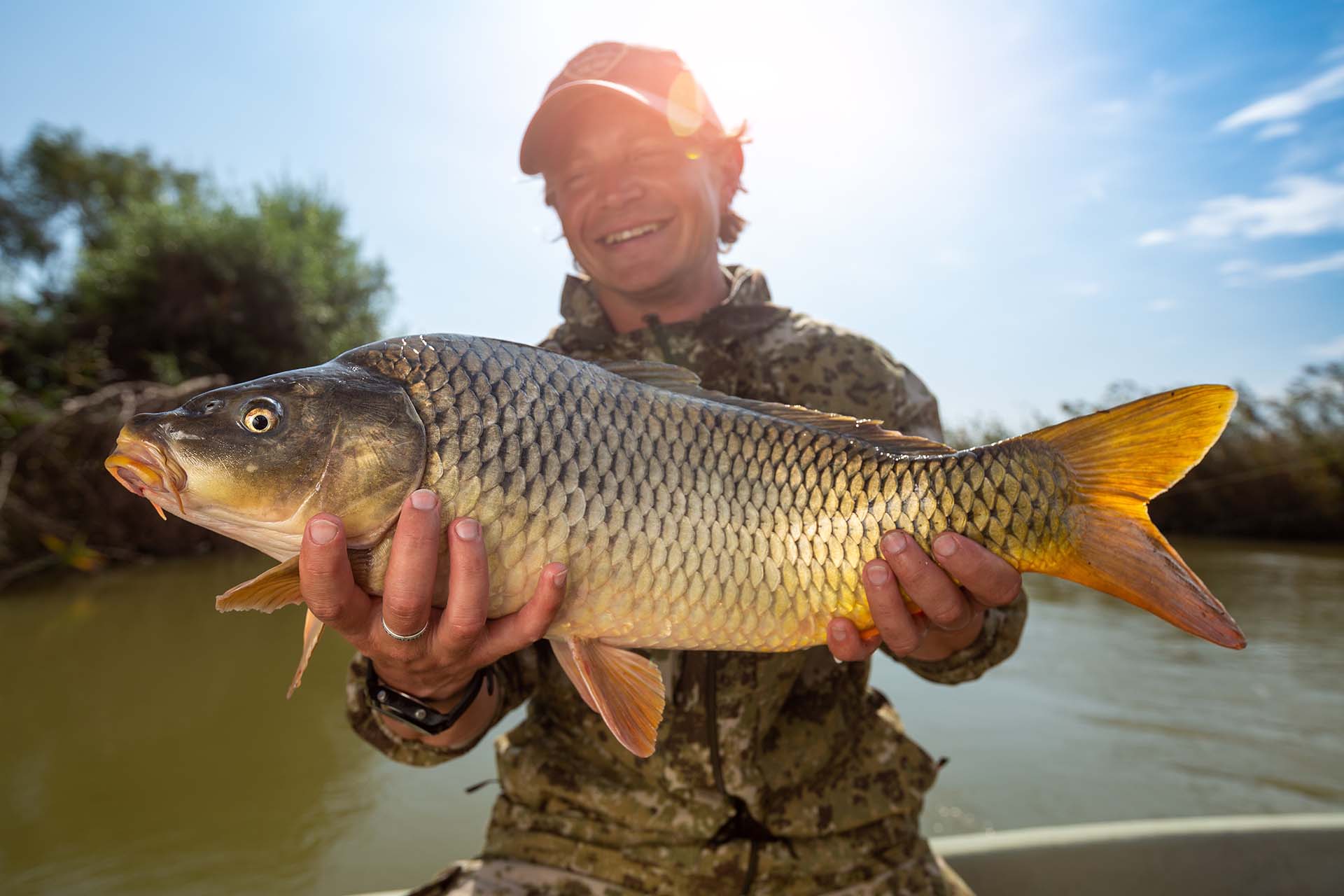
Bait Selection Will Also Play a Role in Choosing the Size
No matter what species you’re targeting, creating a natural-looking presentation of bait is one of the most crucial aspects. For example, when using live bait such as worms or minnows, it’s best to go for a piece that matches the bait’s size without overwhelming it, as a larger one may hinder the natural movement and scare the fish away. For artificial lures, it’s all about selecting hooks that are proportional in size.
Here are some common types of baits and lures and the recommended sizes for each of them:
- Live minnows – 4-8,
- Nightcrawlers – 6-10,
- Leeches – 4-8,
- Crickets or grasshoppers – 8-12,
- Soft plastic worms – 2-4,
- Creature baits – 2-4,
- Crankbaits – 2-4,
- Swimbaits – 4-8,
- Poppers – 2-4,
- Whole or cut bait fish – 2/0-10/0,
- Salmon eggs – 6-10,
- Power bait – 6-10.
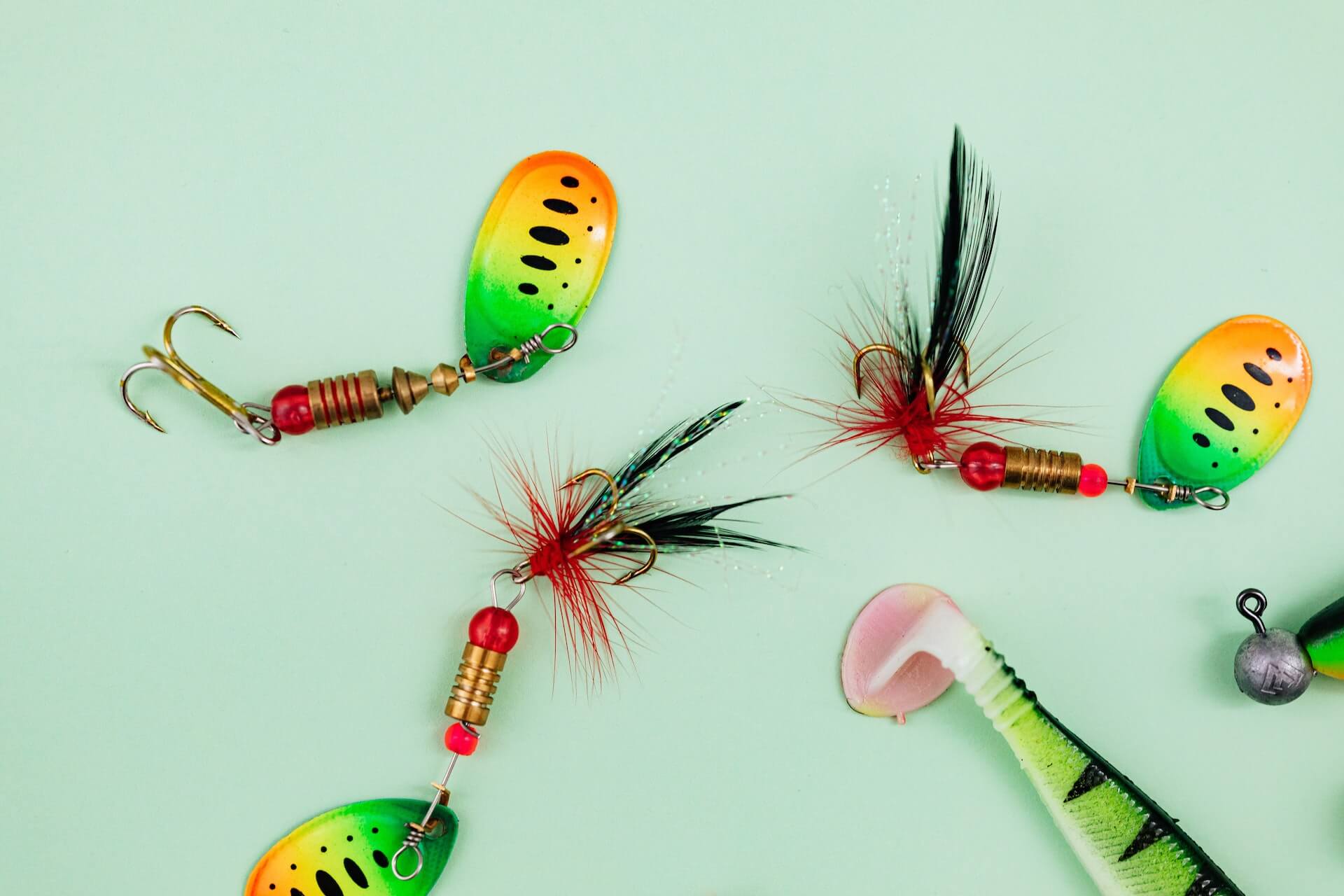
Adjust Hook Size Based on Fishing Conditions
Besides the technique, bait, and target, the overall conditions should be taken into account when selecting the sizes of hooks you’ll be using. Some trial and error is a natural part of this process, so don’t get discouraged if you don’t get it exactly right on the first try.
When all else fails, you can always seek out advice from the more experienced fishermen that cast in similar conditions. That way, you’ll not only be able to figure out why the fish won’t bite, but you’ll pick up some valuable angling lingo as well.
Clear Water vs. Murky Water Fishing
As it significantly influences the behavior of fish, water clarity should be carefully considered when selecting hooks. In clear water with high visibility, fish may be more cautious and scrutinize bait presentations more closely, so downsizing can help you create a more subtle and natural presentation, enticing the fish to bite.
When it comes to murky or turbid water, where visibility is limited, it’s the opposite scenario – in such conditions, larger hooks can help the fish to locate and strike the bait more easily. So, make sure you take into account the water clarity, as it will help you make an informed decision, as well as continue to adapt your approach to end up with plenty of fishy surprises.
Adjust Hook Size for Different Water Depths
Besides water clarity, adjusting the sizes of hooks you’re using for different water depths is also an important consideration. When casting in shallow freshwater or saltwater environments, it’s best to use smaller hooks, as they provide a more natural presentation and are less likely to deter fish that may be more cautious in shallower waters.
Conversely, when angling in deeper waters, opting for larger hooks is often more effective, as it provides better hook penetration and increases the chance of securely hooking fish at greater depths. Additionally, larger hooks can handle the powerful aquatic beasts that are often found lurking down below.
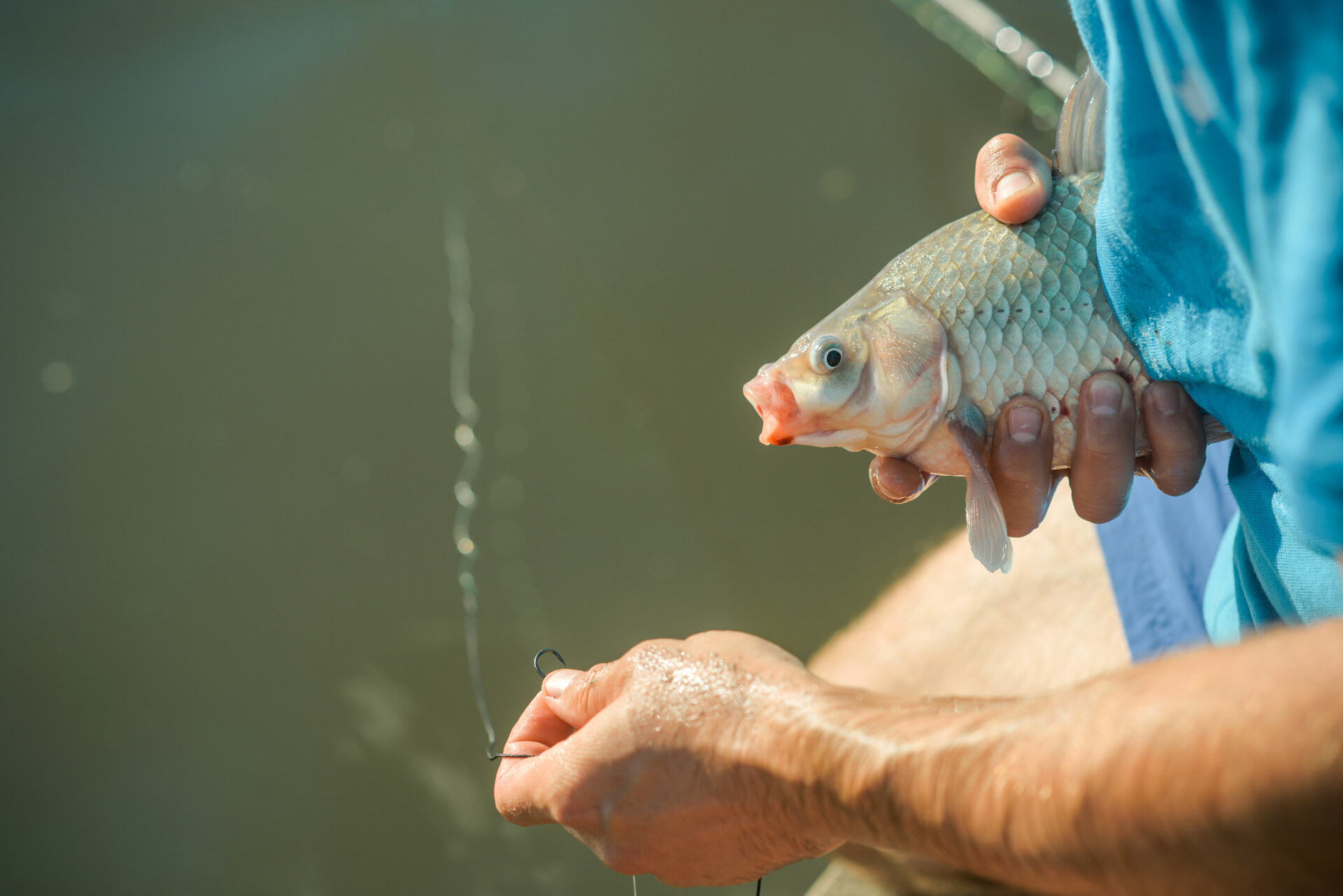
Take Your Time Picking the Right Size and You’ll Have a Successful Fishing Trip
All in all, selecting the correct sizes of hooks you’re using can make a huge difference, no matter what kind of fish you’re hoping to catch. Many times, the type of bait or lure you use will help you determine your selection, but the angling technique and the water conditions shouldn’t be overlooked either. There is no one-size-fits-all recipe though, so it’ll take some practice to get the perfect setup for every situation. But once you do, there’s no more stopping you!

